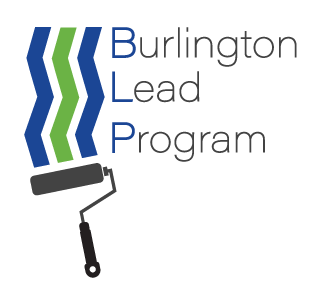What Is Lead Poisoning?
Lead can be found in many things, but in Burlington and Winooski the biggest problem is the lead-based paint used on our homes built before 1978. In the United States lead was banned for use in residential paint in 1978, and the likelihood of having lead-based paint in your home increases the older it is. Vermont has an extremely old housing stock, and more than 80% of the houses in Burlington and Winooski can have lead-based paint hazards.
Adults and children can become lead poisoned, but children experience a greater degree of harm due to their developing bodies and brains. Even very small amounts of lead have been scientifically shown to negatively impact a child’s health and brain development. According to the 1996 Dartmouth College study “The Costs of Lead Poisoning in VT” exposure to lead costs VT taxpayers in excess of $80 million per year in associated expenses. By all accounts, this estimate is considered to be low.
When a person is exposed to lead and it enters the body through ingestion or inhalation, the blood absorbs and distributes it throughout the body. Negative impacts can result to various organs and bodily systems, including liver, kidney and brain damage, as well as toxicity to the nervous and reproductive systems. Lead can also be stored in organs and bones, which can be released later in life due to illness and pregnancy.
Lead poisoning is only detectable by blood testing. Contact the Burlington Lead Program today to get more information about about lead poisoning prevention. Call us at 865-5323. Lead poisoning is preventable.
Additional Information
What Your Child’s Blood Lead Test Means
What Your Child’s Blood Lead Test Means – Nepali Translation
Listen to our VPR interview with Phish’s Jon Fishman about the Dangers of Lead Poisoning
